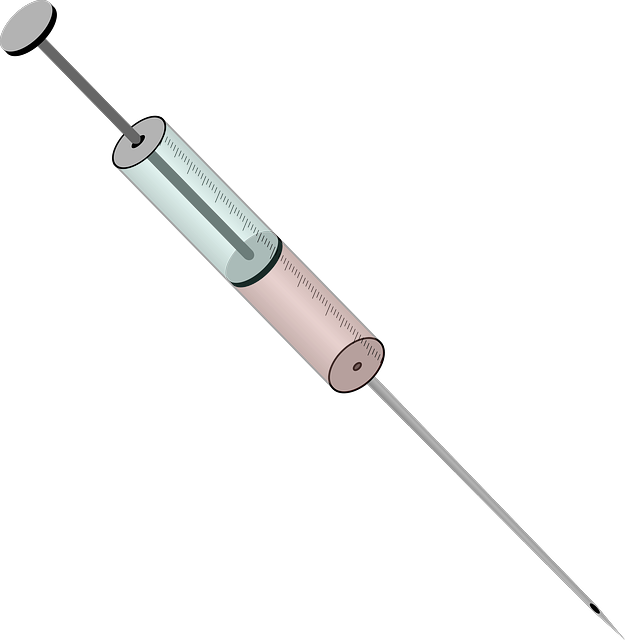In both cases, the problem is that we don’t ask why people are engaging in this behavior. We just assume there is something deeply wrong with them that we need to fix.
Tag: treatment
Emily Willingham www.emilywillinghamphd.com www.forbes.com/sites/emilywillingham Image source: pixabay.com Chelation is a “treatment” for autism promoted by the likes of Jenny McCarthy’s Generation Rescue group and others in which a chemical that binds metals is (usually) injected or infused into an autistic child with the intent of removing said metals from the blood. Now a review of the scientific studies on chelation and autism has concluded that not only is chelation ineffective, it can be dangerous. Indeed, chelation appears to be a case study of the dangers in using children as guinea pigs for random autism-causation hypotheses with no basis. According to Tonya Davis, Ph.D., lead author of the paper, quoted in a news story about the publication: “Chelation therapy represents the ‘cart before the horse’ scenario where the hypothesis supporting the use of chelation was not validated prior to using it as a form of treatment. Evidence does not support the hypothesis…
This is one of four talks from the IMFAR 2012 symposium Anxiety in Autism Spectrum Disorders: From Biology to Treatment. The overall session theme: It’s clear that anxiety is a major problem for kids & adults on the autism spectrum. The onus on us to figure out how to treat it. Any errors or omissions in the summary below are on me. -SR Connor Puleo: Anxiety in Youth With and Without ASD: Commonalities and Variations What does anxiety look like in ASD and how good are we in measuring it? Are there things that seem to be different in terms of anxiety for children on the spectrum? How that might complicate measurement and methodology? Differential diagnosis in an ASD population is inherently challenging, there’s a lack of consensus how to go about it, and in terms of defining what is anxiety and what is ASD. What this means is that…

